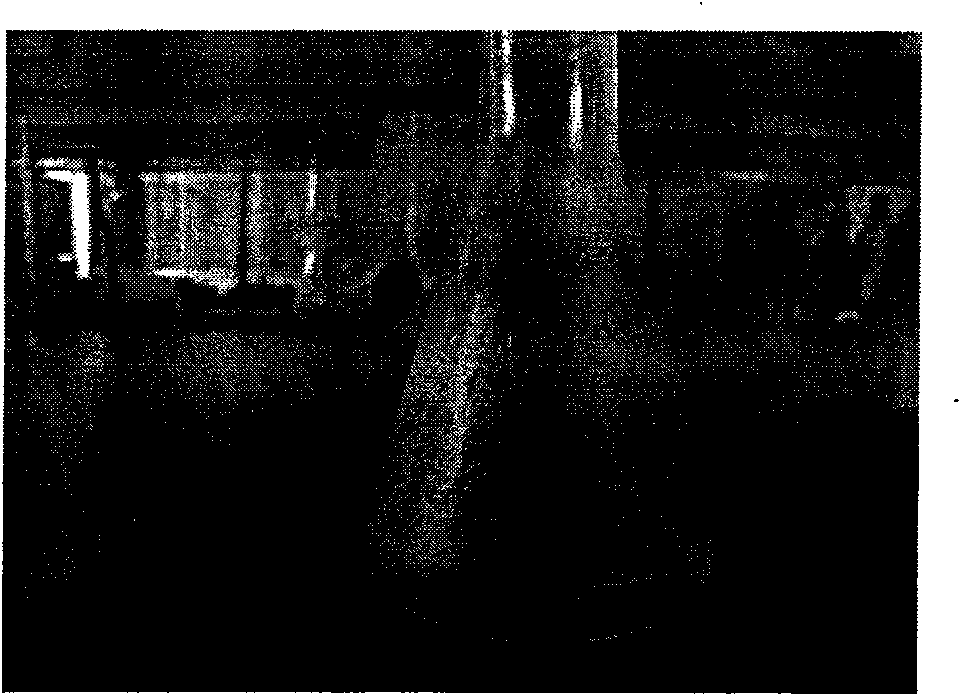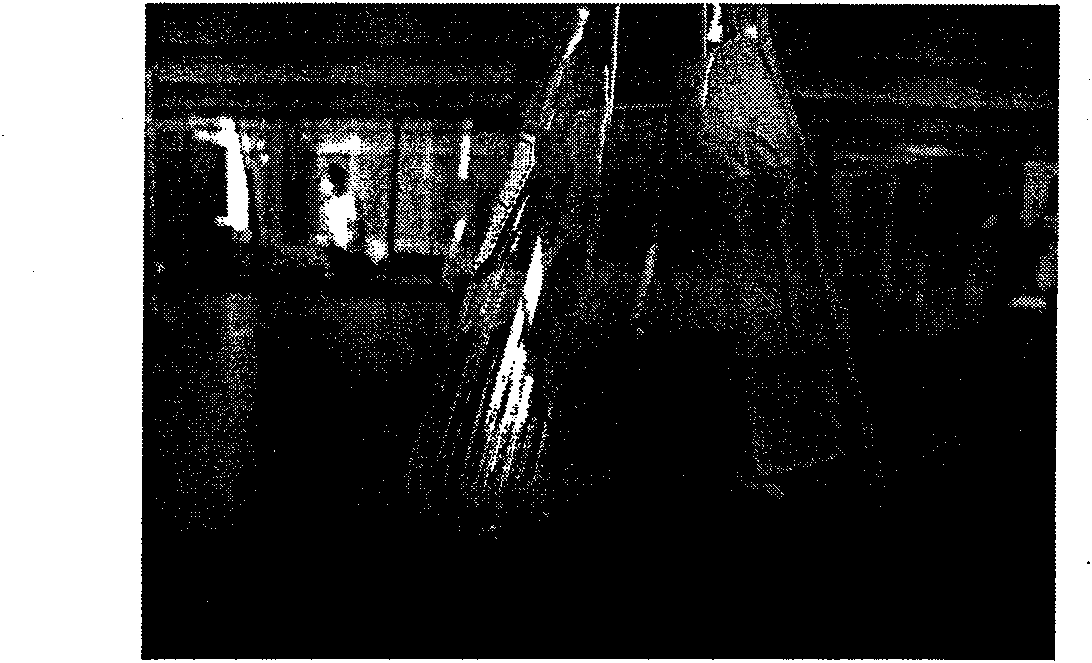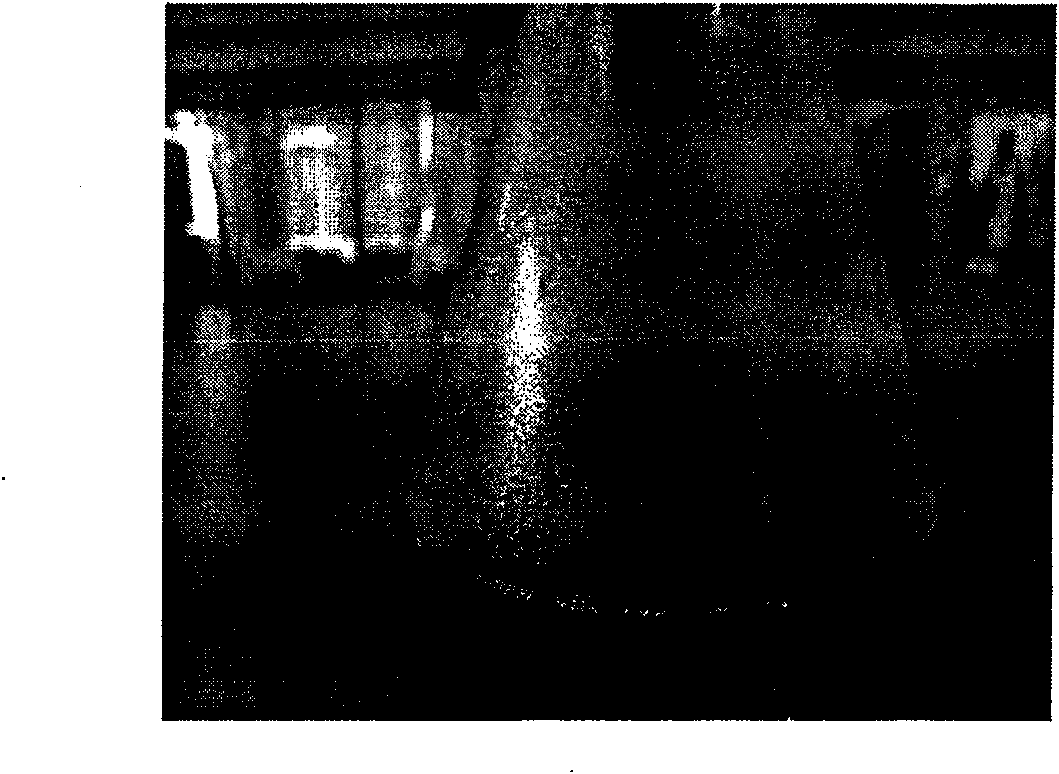Method for hydrolyzing lignocellulose
A lignocellulose-to-mass ratio technology, applied in the new field of lignocellulose hydrolysis, can solve the problems of complex lignocellulose pretreatment, high price of hydrolytic enzymes, and affecting saccharification rate, etc., and achieve single catalytic hydrolysis products and high hydrolysis efficiency , a well-tolerated effect
- Summary
- Abstract
- Description
- Claims
- Application Information
AI Technical Summary
Problems solved by technology
Method used
Image
Examples
Embodiment 1
[0029] Using willow as the lignocellulose raw material, crush it to a powder of 10 μm, mix the willow powder and water uniformly at a mass ratio of 1:10, preheat the homogenate to 100°C with ultrasonic radiation, ultrasonic radiation power 1000W, duty cycle 1, ultrasonic The frequency is 40KHz, the temperature of the preheated homogenate is raised to 150°C, the pressure is 10MPa, Fe 3 o 4 / SO 4 2- The superacid is used as a catalyst, the amount of the catalyst is 1.0% of the weight of the lignocellulose, the stirring speed is 500 rpm, the reaction time is 60 minutes, and the hydrolyzed solution becomes light yellow.
Embodiment 2
[0031] Using pine as the lignocellulose raw material, crush it to 200 μm powder, pine powder and water are uniformly mixed at a mass ratio of 1:15, the homogenate is preheated to 120°C with ultrasonic waves, the ultrasonic radiation power is 2000W, the duty ratio is 0.8, and the ultrasonic frequency 40KHz, raise the temperature of the preheated homogenate to 180°C, pressure 20MPa, CAT600 cationic resin as catalyst, catalyst dosage is 1.2% of lignocellulose weight, stirring speed 1000rpm, reaction time 75min, the hydrolyzate becomes brownish black.
Embodiment 3
[0033] Using poplar as the lignocellulose raw material, crush it to 500 μm powder, mix the poplar powder and water uniformly at a mass ratio of 1:25, and preheat the homogenate to 100°C with ultrasonic radiation power of 1500W, duty ratio of 0.6, Ultrasonic frequency 20KHz, heat the preheated homogenate to 180°C, pressure 20MPa, H 3 PW 12 o 40 / HZSM-5 heteropolyacid is used as a catalyst, the amount of the catalyst is 0.8% of the weight of lignocellulose, the stirring speed is 800rpm, the reaction time is 90min, and the hydrolyzate becomes black.
PUM
 Login to View More
Login to View More Abstract
Description
Claims
Application Information
 Login to View More
Login to View More - R&D
- Intellectual Property
- Life Sciences
- Materials
- Tech Scout
- Unparalleled Data Quality
- Higher Quality Content
- 60% Fewer Hallucinations
Browse by: Latest US Patents, China's latest patents, Technical Efficacy Thesaurus, Application Domain, Technology Topic, Popular Technical Reports.
© 2025 PatSnap. All rights reserved.Legal|Privacy policy|Modern Slavery Act Transparency Statement|Sitemap|About US| Contact US: help@patsnap.com



